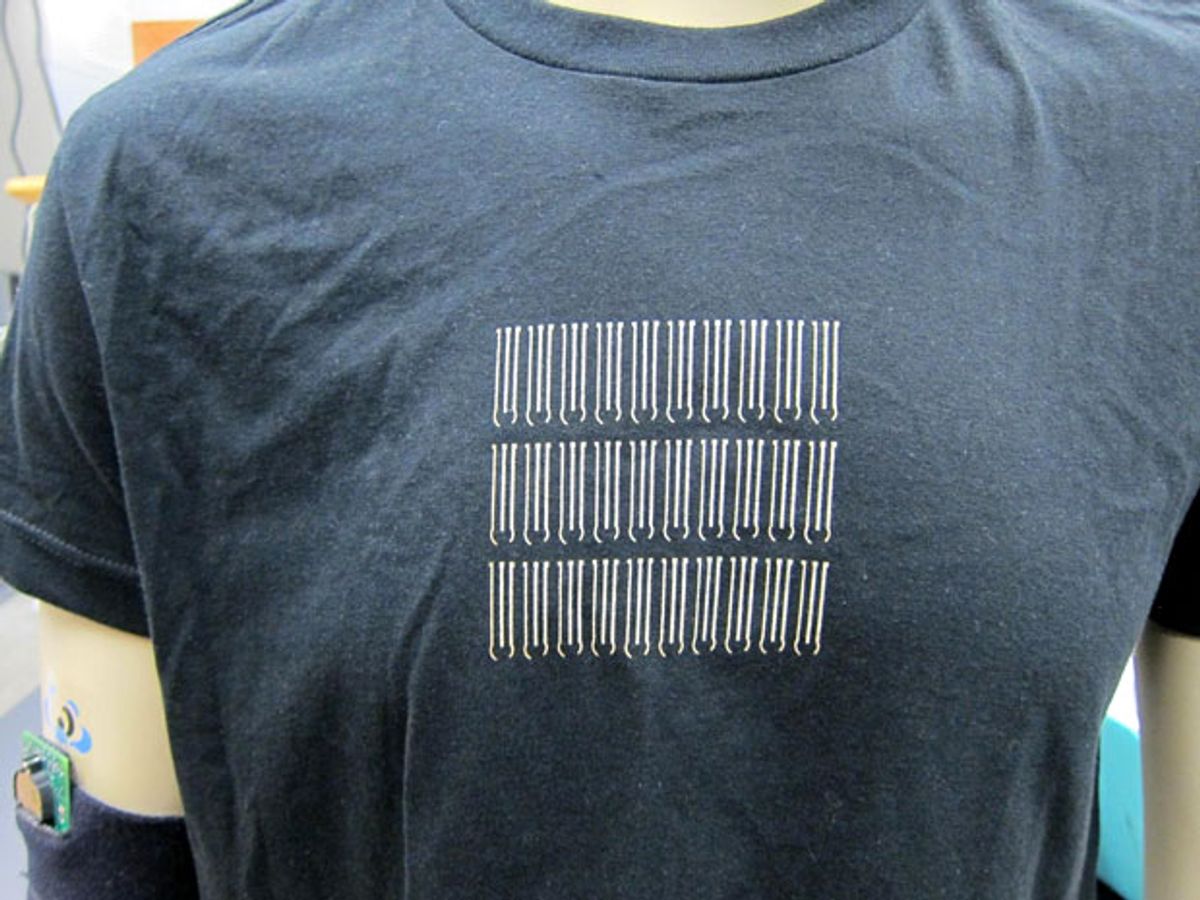Researchers from the University of California at San Diego are developing a smart fabric capable of helping the wearer maintain a comfortable body temperature. The aim: reducing the need for building-level air conditioning.
According to the U.S. Department of Energy, five percent of all the electricity produced in the United States is used by air conditioners. This isn't just reflected in billions of dollars, but also in hundreds of millions of tons of carbon dioxide released into the air each year. The U.S. isn't alone. In India for example, the total power consumption for air-conditioning is projected to climb by an order of magnitude over the coming decade.
Although developing more power-efficient air conditioners and building greener homes and offices can help cut energy costs and reduce pollution, finding ways to live and work without air conditioners might prove to have an even larger impact in the long run.
The achieve this ambitious goal, the Department of Energy’s Advanced Research Projects Agency (ARPA-E) has been financing several initiatives including one called ATTACH (Adaptive Textiles Technology with Active Cooling and Heating).
The goal of this three-year project, led by UC San Diego nanoengineering professor Joseph Wang, is to create personal, wearable heating and cooling technology for office occupants in order to reduce the energy consumption of a building's HVAC (heating, ventilating and air conditioning) system. Unlike other advanced fabric technologies, which are designed to work outdoors (in either very cold climates or a very warm ones), ATTACH is designed for indoor use at temperatures ranging from 19 °C to 26 °C. Garments using the technology can help reduce and in some cases even eliminate the need for HVAC.
According to ATTACH team member Renkun Chen, "The project's goal is to achieve a comfortable skin temperature of 93 degrees [Fahrenheit]." The technology under development is based on adaptive textiles that will automatically increase or decrease their insulation value (porosity and thickness) when the ambient temperature decreases or increases, respectively. That part of the mechanism would be purely passive, consuming no power. In addition to that, the team plans to add integrated heating and cooling elements, using printed thermoelectric devices and batteries.
According to Wang, his team is looking at different innovative ways of powering the active components. Among these are a flexible biofuel cell (already demonstrated by Wang's team in previous research) that uses sweat as a fuel source, and printable, flexible low-cost batteries.
ATTACH is still in the early stages of development, with different teams working on individual components. If all goes according to plan, these components will be integrated into a single wearable fabric prototype in three years time.



